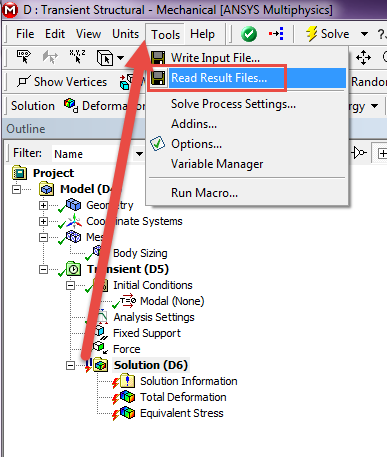


FEM is one of widely employed approaches because of its advantages in analysing complex geometries and providing reliable insights into the generation of nonlinear characteristics as a result of the interaction between ultrasonic waves and defect. It could however be quite time consuming to carry out experiments to investigate all possible solutions.Īnalytical model, , local interaction simulation approach (LISA), finite difference method (FDM), and finite element method (FEM) are therefore adopted to simulate the wave propagation in waveguides for damage detection. On the other hand, guided waves are dispersive and have multiple modes existing concurrently at excitation frequencies, which produces certain challenge in application without careful design. Since nonlinear guided wave techniques have shown to be responsive to fatigue damage by monitoring the generation of nonlinear characteristics such as sidebands, ,, higher harmonics, ,, , and sub harmonics, due to the interaction between the ultrasonic wave and damage, it has a high prospect to be applied in SHM for damage detection in embryonic stage. For metallic structures, the failure modes are due to overload, corrosion, fatigue and creep where fatigue failure is common in mechanical structures.

Structural health monitoring (SHM) is therefore of high importance to diagnose existing and potential defects, propose remediation work and estimate residual life. Given that the influence of crack orientation on contact acoustic nonlinearity (CAN) was taken into consideration, the developed advanced simulation could further enhance the capability of numerical modelling for simulating the interaction between nonlinear guided waves and fatigue crack, facilitating the fundamental investigation of CAN mechanism.Ī structure without regular inspection and routine maintenance not only reduces its life span but also presents a threat to the community. The results revealed that the nonlinearity in terms of the trend and magnitude with respect to crack length in the advanced simulation is closer to that in the experimental results than the common simulation approach where damage was modelled as a straight line crack. The simulated crack trajectory was first validated by experimental results in terms of crack initiation angle and number of fatigue cycles and was subsequently utilised for crack quantification based on second harmonic method. A numerical study including a fatigue crack trajectory simulation was undertaken by means of separating morphing and adaptive remeshing technology (SMART) Crack Growth in ANSYS, on the basis of which the simulations of nonlinear ultrasonic waves for fatigue damage detection using the precise fatigue crack trajectory was achieved.


 0 kommentar(er)
0 kommentar(er)
